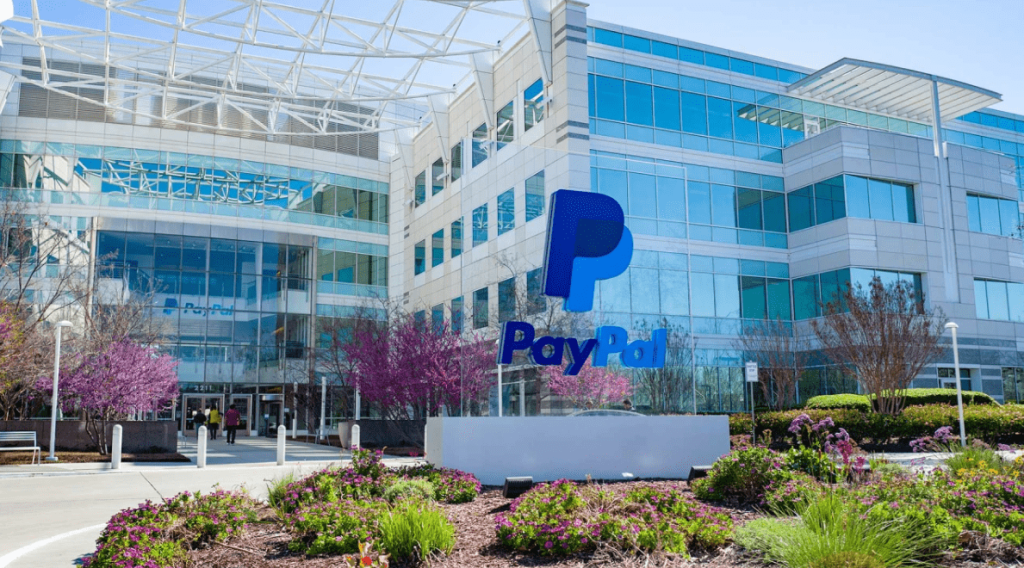The evolution of payment companies is leading to a future beyond transactions. The next step for these companies is advertising. With all the transaction data they have on each of their users, it was only a matter of time before they jumped into the advertising business
A few days ago, I read this news in the WSJ that PayPal is about to venture into the advertising business using data from its millions of shoppers. The payments company has hired Uber’s former head of advertising to lead a new ad division.
In recent years, we’ve witnessed a significant transformation in the financial services sector. Payment companies like PayPal are diversifying their business models, expanding beyond their traditional role of transaction processing. This evolution is not only redefining these companies but also shaping the future of the entire financial industry.
In my experience, this shift was inevitable. As someone who has closely followed the fintech and advertising industry, I believe that data has always been the most valuable asset these companies possess. It was only a matter of time before they leveraged it for new revenue streams.

PayPal, for instance, has recently announced its foray into the advertising business. By harnessing data from millions of transactions, the company plans to offer targeted advertising services to advertisers. This move not only opens up a new revenue source for PayPal but also challenges established digital advertising giants.
But PayPal’s ambitions go beyond selling ads to its own customers. The company now aims to target so-called non-endemic advertisers, or those that don’t sell products or services through PayPal. These companies might use PayPal’s rich consumer data to target ads that could be displayed elsewhere, such as on other websites or connected TV sets. This expansion significantly broadens PayPal’s potential impact in the advertising world.
Other companies are following similar paths. Square (now Block) has expanded into small business services and cryptocurrencies, while Stripe has ventured into issuing credit cards. Venmo, owned by PayPal, has added social features and cryptocurrency options to its platform.
Focusing on PayPal’s entry into the advertising business, it’s important to highlight the following key points:
- Data-Driven Strategy: PayPal will utilize purchase data and spending behaviors from its 400 million users, including Venmo, to power its ad business.
- Leadership: Mark Grether, former head of Uber’s advertising business, has been hired to lead the new PayPal Ads division.
- Advanced Offers: PayPal’s first ad product, launched in January, uses AI to help merchants target users with personalized promotions. It only charges advertisers when a purchase is made.
- Expanding Reach: The company aims to sell ads not just to its own customers, but also to non-endemic advertisers, potentially displaying ads on other websites and connected TVs.
- Extensive Data: In Q1 alone, PayPal processed 6.5 billion payments from about 400 million customers, providing a rich data set for targeted advertising.
- Privacy Considerations: While users’ data will be included by default, they can opt out of the new ad network.
- Competitive Edge: PayPal’s detailed user data could command higher ad rates compared to some retailers’ ad networks.
- Industry Trend: This move follows similar initiatives by other financial companies, such as JP Morgan Chase, suggesting a broader shift in the financial services sector.

I’m a firm believer that the entry of payment companies into the world of advertising marks a turning point in the evolution of the financial and technological sectors. This convergence of finance, data, and advertising not only redefines traditional business models but also raises fundamental questions about the future of consumer privacy and the power of data in the digital age.
As companies like PayPal leverage their vast knowledge of users’ purchasing habits to create new revenue streams, we find ourselves on the cusp of a new era where money is not just a medium of exchange, but also a powerful source of information. This transformation promises to offer more personalized and efficient shopping experiences, but it also compels us to reflect on the ethical limits of using financial data.
In my opinion, the success of these initiatives will ultimately depend on how companies balance innovation with user trust. Those that manage to offer added value to consumers while maintaining high standards of privacy and transparency will be the ones to define the future of this new frontier between finance and advertising.
Meanwhile, as consumers and citizens, I strongly believe we must stay informed and vigilant, actively participating in the debate about how we want our financial data to be used in this new digital landscape. The future of our wallets, and our privacy, may well depend on it.
Stay hungry,

Jose Guzmán, an award-winning marketer with 15+ years’ experience, combines his passion for tech and innovation to drive revenue growth and market expansion. With a rich academic background and numerous honors in marketing, he’s deeply committed to continuous learning. In this blog, Jose shares the latest marketing trends, tips, and strategies, inspiring readers to #StayHungry for knowledge.



